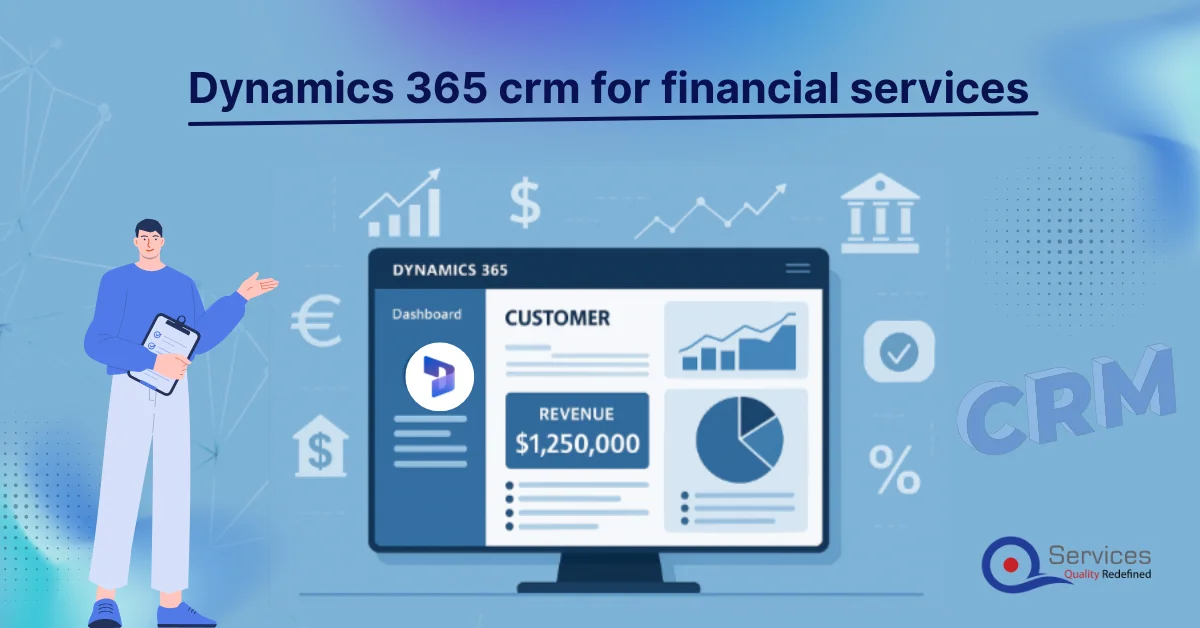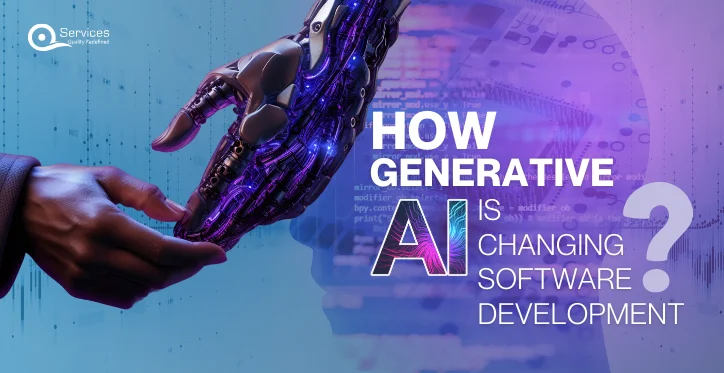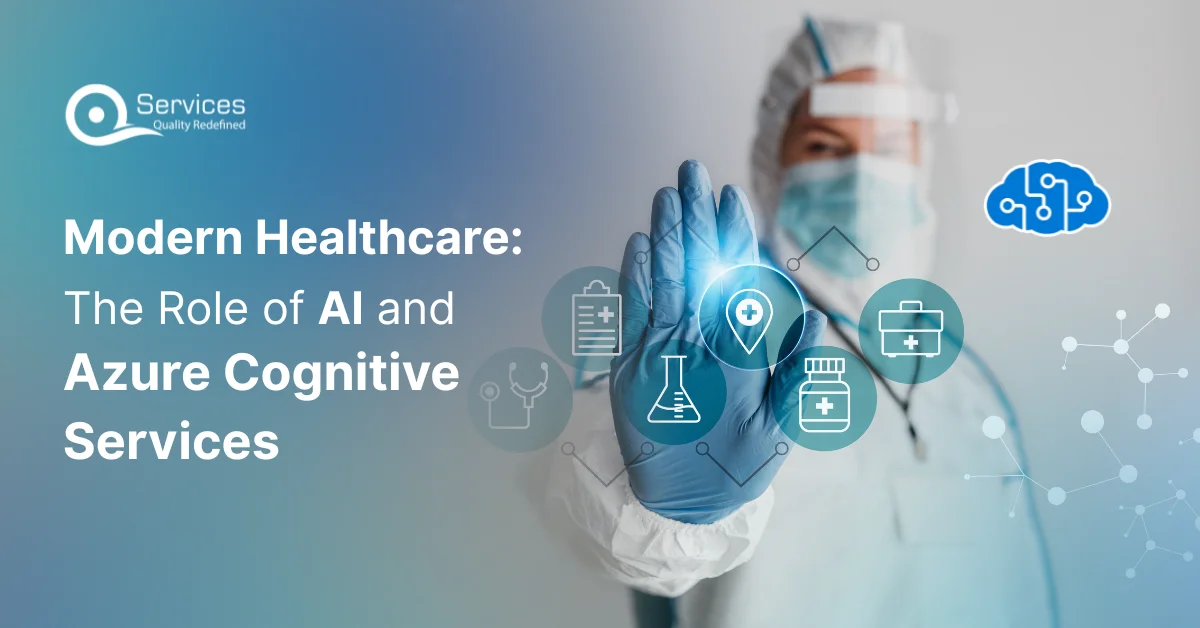
Rewards
.





CANADA
55 Village Center Place, Suite 307 Bldg 4287,
Mississauga ON L4Z 1V9, Canada
Certified Members:
.



Home » How Generative AI is Changing Software Development ?

The software development world is transforming rapidly, and it’s been clear that staying competitive requires adapting to advanced technologies.
As businesses are striving for more reliable software, the pressure on developers has never been higher. This is where Generative AI software comes into the picture, transforming how software is built. With studies showing that organizations using AI-driven tools experience up to a 30% boost in productivity, it’s easy to see why this shift is essential.
As deep learning AI continues to evolve, the future of software development looks both faster and smarter. Companies adopting AI tools have seen productivity increase by up to 30%. With the added power of deep learning, AI is continually evolving, meaning the software development process will only get smarter and more efficient over time.
Generative AI in software development is transforming how software is created. Instead of just helping developers analyze data or automate basic tasks, it can actually create new code, fix bugs, and even handle the repetitive parts of coding. The big difference here is that generative AI learns from huge amounts of data so it can generate useful code on its own. This reduces the time developers spend on monotonous and allows them to focus on more challenging and creative aspects of the project. It’s making software development faster, better, and much more efficient by improving code quality and even helping with software maintenance.
The software development lifecycle (SDLC) has traditionally followed a set pattern of planning, designing, developing, testing, deploying, and maintaining software. However, as demands for faster delivery and higher quality increase, many development teams are turning to generative AI for software development to overcome common challenges.
AI-driven innovations are changing the way software is built, tested, and maintained. By incorporating AI software development tools, organizations can streamline development cycles, reduce bugs, and automate tedious processes—allowing developers to focus on the big picture.
Get free Consultation and let us know your project idea to turn into an amazing digital product.
Traditional SDLC is pretty sequential—each step depends on the last one being done. This creates long development cycles, which means products take longer to get to market. It also makes it hard to adjust to new changes quickly, which is tough in the fast-paced world of tech.
When developers write code by hand, small mistakes can creep in, and even a tiny error can cause major problems, like bugs or security issues. Fixing those mistakes takes a lot of time, which slows down the whole development process and makes future updates harder.
Traditional SDLC often relies on manual testing, which is slow, labor-intensive, and prone to oversight. As a result, many bugs go undetected, especially in large or complex applications. Testing done late in the process can also make it harder to fix issues that stem from earlier stages.
Traditional SDLC is not agile enough to respond quickly to changes in user requirements. As a project progresses, evolving needs and new feature requests can cause scope creep, delaying completion and often leading to a product that no longer meets the user’s needs at launch.
In traditional SDLC, resource allocation can be inefficient. Phases are often misaligned, causing delays at certain points and underutilization of resources at others. This mismanagement leads to bottlenecks, inefficiency, and unnecessary delays.
AI helps in predicting project timelines and resource allocation.
Provides optimized design recommendations and alternatives.
AI speeds up development with code generation and real-time error detection.
Automates testing processes, identifies vulnerabilities, and reduces bugs.
Enhances deployment speed and addresses maintenance needs proactively.
Generative AI software development tools transform the SDLC, leading to faster, high-quality software delivery.
Gathering project requirements can be a real headache. AI makes it way quicker by automatically pulling together info from past projects, user feedback, and other sources. It can generate user stories and detailed project specs so that teams can hit the ground running without all the back-and-forth. This saves time and helps everyone get aligned faster.
Once you know what the project needs, AI can help with system design and coding. It suggests design patterns, generates code snippets, and even helps write whole sections of code. GitHub Copilot and other tools give you real-time suggestions to write code faster and more accurately, improving efficiency and quality.
AI takes over a lot of the repetitive testing work. It can create test cases based on your code, run automated regression tests, and detect bugs you might have missed. When things go wrong, AI scans error logs and points out what needs to be fixed, which speeds up debugging and makes sure your code is cleaner and more reliable.
Deploying your software is easier with AI. It automates your CI/CD pipeline (Continuous Integration and Deployment), so new changes are tested and deployed quickly without needing constant manual work. AI also helps with maintenance by predicting potential problems and suggesting fixes, keeping your app stable and reducing downtime.
AI in software development takes care of a lot of the repetitive coding work, so developers can focus on the more creative and complicated tasks. These generative AI tools for software development can write code quickly and accurately, which speeds up the whole development process and reduces the chances of making mistakes.
Using AI for software development allows you to identify and fix problems in your code before they escalate. It suggests improvements, keeping the software more reliable, and automatically runs tests to make sure your code is rock-solid by the time you hit the final stage of development.
Deep learning AI solutions make it easier for teams, regardless of location or department, to collaborate effectively. These AI tools manage tasks, track progress, and ensure all members are in sync, which leads to improved communication and a seamless workflow.
By automating the repetitive stuff, AI-generative software speeds up development, which means faster product launches. This reduces the need for manual labor and helps you get your product out quicker—saving both time and money while staying competitive in the market.

AI for software engineering is becoming a helping hand for software developers. It’s great at taking care of the routine tasks like writing code, spotting errors, and automating testing. Helping generative AI developers spend more time on other crucial tasks.
Generative AI helps with everything from design to coding and debugging, speeding up development and improving the quality of the final product. AI handles the repetitive stuff so ai software developers can focus on the more important tasks.
AI tools like GitHub Copilot are already used by companies to speed up coding and improve code quality. On top of that, AI in software engineering also used to automate testing, cutting down the time it takes to ensure the software works as it should.
Generative AI is changing the way software is built, but adopting it comes with several challenges. Even though many development teams are using AI in some form, successfully integrating it into the process takes a bit of effort.
AI tools are powerful, but they require generative AI developers to have specialized knowledge. If your team is new to AI, they’ll need proper training to learn how to use these tools effectively. This means businesses need to invest in upskilling developers so they can get the most out of AI.
Since this deep learning AI software, needs large datasets to work, including potentially sensitive information, keeping that data secure is critical. Using proper encryption and ensuring regulatory compliances like GDPR are essential in order to protect user privacy.
Most of the businesses are still using legacy systems that don’t always jell well with new AI technologies. To get the most out of AI, upgrading your infrastructure or bridging the gap between old and new tech is essential.
By addressing these challenges, organizations can integrate generative AI into their development processes, speeding up production and improving the quality of their software.
Generative AI is set to transform the way software is created and maintained. A report from McKinsey predicts that generative AI add up to $4.4 trillion to the annual world economy. Business and IT leaders are increasingly confident about this transformation, with 80% expecting AI to drive substantial changes in their sectors over the next three years. As AI continues to improve, it will speed up development cycles, improve code quality, and automate many of the repetitive, monotonous tasks that developers currently spend a lot of time on.
The adoption of generative AI will also extend to areas like software testing, design, and ongoing maintenance, streamlining workflows and enabling developers to focus on more strategic tasks.
AI is no longer the stuff of science fiction—it’s a real game-changer in software development. Businesses that embrace Generative AI are seeing faster development times, more reliable software, and even better collaboration across teams. If you want to keep pace with the competition and be able to deliver high-quality software quickly, it’s time to jump on the AI bandwagon.

Our Articles are a precise collection of research and work done throughout our projects as well as our expert Foresight for the upcoming Changes in the IT Industry. We are a premier software and mobile application development firm, catering specifically to small and medium-sized businesses (SMBs). As a Microsoft Certified company, we offer a suite of services encompassing Software and Mobile Application Development, Microsoft Azure, Dynamics 365 CRM, and Microsoft PowerAutomate. Our team, comprising 90 skilled professionals, is dedicated to driving digital and app innovation, ensuring our clients receive top-tier, tailor-made solutions that align with their unique business needs.

The combination of Microsoft AI, Azure Health Insights, and Azure Cognitive Services is transforming healthcare by allowing smarter and efficient decision-making based on data. These technologies can fundamentally change the conventional practices of healthcare by taking new approaches to enhance

Microsoft Azure and Azure Cosmos DB offer a powerful combination of cloud services and database solutions specifically designed to address the unique security challenges in healthcare.

Pipeline failures can be expensive and harmful to the environment. Companies are using IoT applications in the oil and gas industry to prevent these breakdowns and stay ahead of problems.
Generative AI is a type of AI that learns from existing data to create new things, like code. It helps automate tasks such as writing code, fixing bugs, and improving productivity in software development.
Generative AI looks at lots of code to find patterns and suggests improvements. This reduces mistakes, helps catch potential problems early, and makes the overall code stronger and more reliable.
Some popular tools are GitHub Copilot (which gives real-time code suggestions), Kite (which helps with code completion and documentation), and Tabnine (which predicts and generates code snippets based on context).
Generative AI can generate common code like templates, finish incomplete functions, and even take care of things like code formatting and refactoring, freeing up developers to focus on more creative parts of the project.
AI speeds up customer support by answering common questions and handling simple tasks like resetting passwords or tracking orders. This frees up humans to handle more complex issues, improving efficiency and customer satisfaction. Plus, AI can analyze customer interactions to spot areas where service can be improved.
By automating routine tasks and speeding up development, Generative AI reduces operational costs and accelerates time-to-market. This makes software development more cost-effective and competitive.
AI helps in predictive maintenance by analyzing data patterns to predict potential issues and recommend proactive measures. This helps maintain software reliability and performance over time.
Implementing generative AI into current workflows poses a few challenges. Organizations need to ensure their teams have the right technical skills, safeguard data privacy, and find ways to integrate AI with older, legacy systems. Proper training and updating tech infrastructure are essential to effectively adopting AI-driven solutions.
In software development lifecycle Generative AI plays a huge role by automating repetitive tasks and enhancing key stages such as requirements gathering, system design, coding, testing, deployment, and maintenance. This automation helps developers speed up processes, reduce errors, and deliver higher-quality software in less time.
.





55 Village Center Place, Suite 307 Bldg 4287,
Mississauga ON L4Z 1V9, Canada
.




Founder and CEO

Chief Sales Officer

🎉 Thank you for your feedback! We appreciate it. 🙌